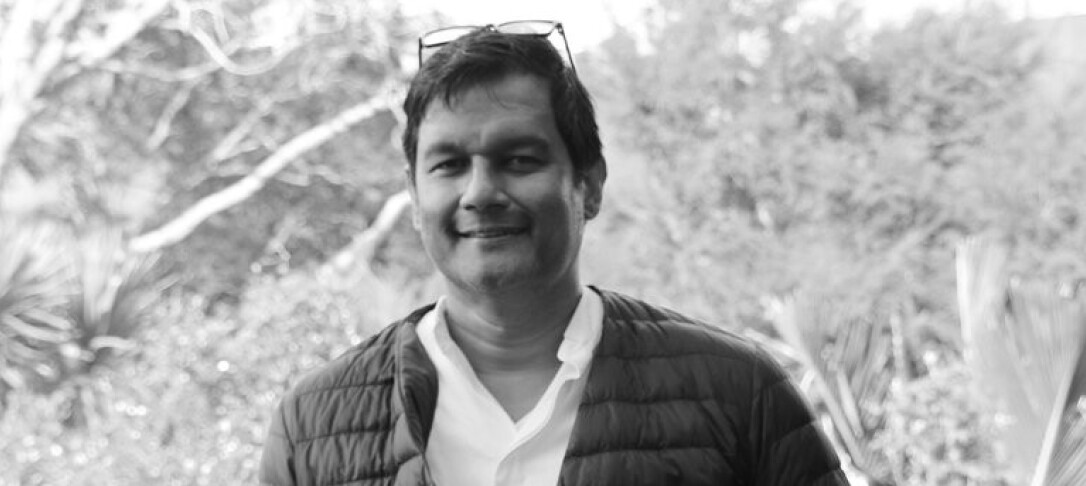
This seminar is a hybrid event taking place in lecture theatres U1202 and U1203 and online. You can choose to order an in-person ticket or a virtual attendance ticket when registering to attend.
For those attending in person, refreshments will be served immediately after this seminar outside rooms U1202 and U1203.
Speaker:
Professor Ashvin Thambyah, Head of the Department of Chemical and Materials Engineering, University of Auckland, New Zealand
Location:
U1202 and U1203, Sir Michael Uren Hub, Imperial College London, White City campus, and online via Microsoft Teams.
Title:
On the Mechanical Factors for Pre-osteoarthritis
Abstract:
Our research aims to understand, from mechanical and structural viewpoints, the initial degenerative processes in the joint tissues related to the initiation and progression of osteoarthritis (OA). To this end, we have established an animal model to study early or pre-OA joint tissue degeneration. Our work is framed around addressing three research questions. Does the initiation of OA begin with changes in (1) cartilage or bone, (2) proteoglycans or collagen, (3) cells or tissue?
Our studies have shown that micro-to-nano scale destructuring of the collagen network had already occurred in the early degenerative state of the joint tissues, where macro-scale mechanical properties are yet to be affected. Such collagen network destructuring was found to be strongly associated with bone cement-line microstructural changes, indicated by the presence of bone spicules. Interestingly, these spicules were remarkably similar to new osteons in primary bone formation during fracture healing under rigid fixation. This similarity thus provided a mechanical rationale for the bone changes in a joint system with early cartilage degeneration.
In this tissue model, the collagen network and bone structural changes were also associated with significant changes in an ensemble of proteins. These included certain SLRPs, angiogenic proteins and TGF-β. Further, high-resolution imaging of the chondrons, in tissues exhibiting early cartilage degeneration revealed fibrillar-structure changes in the territorial matrix and pericellular capsule. The significance of the above descriptions, of the multi-length scale tissue and cell mechanics in the joint, are discussed with a view on how mechanical factors initiate OA.
Speaker biography: Professor Ashvin Thambyah joined the Department of Chemical and Materials Engineering University of Auckland as a lecturer in 2007 and, since 2018, has been the Head of the Department.
Before joining the University, he was employed as a research engineer at the Faculty of Medicine in the National University of Singapore. He worked closely with orthopaedic surgeons on various aspects of musculoskeletal research and contributed to many clinical projects involving bone and joint disease and pathology. In his early career, Ashvin was a recipient of the International Knee Society’s Albert Trillat Young Investigator Award (ISAKOS 2005), and in 2016 he was in the winning team for a major ISSLS award for their work on spine biomechanics.
Other career highlights for Ashvin include winning highly competitive research funding from the Royal Society NZ through their prestigious Marsden grants and publishing a monograph (Cambridge University Press) on the soft-hard tissue junction: structure, mechanics, and function.


